What Do You Call a Group of Animals?
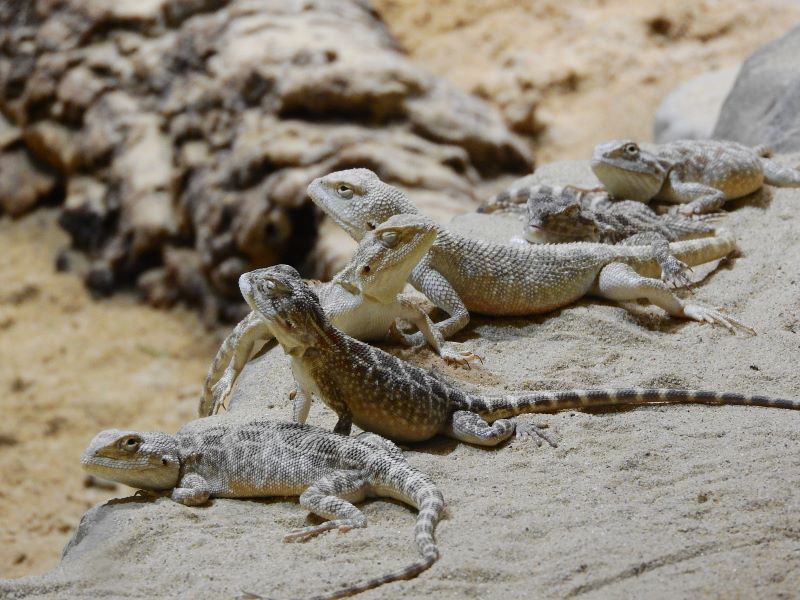
Image courtesy of Markéta Machová from Pixabay Hello, Friends! It’s me, Curtis Curly-tail! How is everybody out there? I hope you are staying strong and well. Are you familiar with collective nouns? I knew they existed. They’re the words that describe a specific group of animals, like a flock of birds or a school of […]
I’ve Been Blown Away!
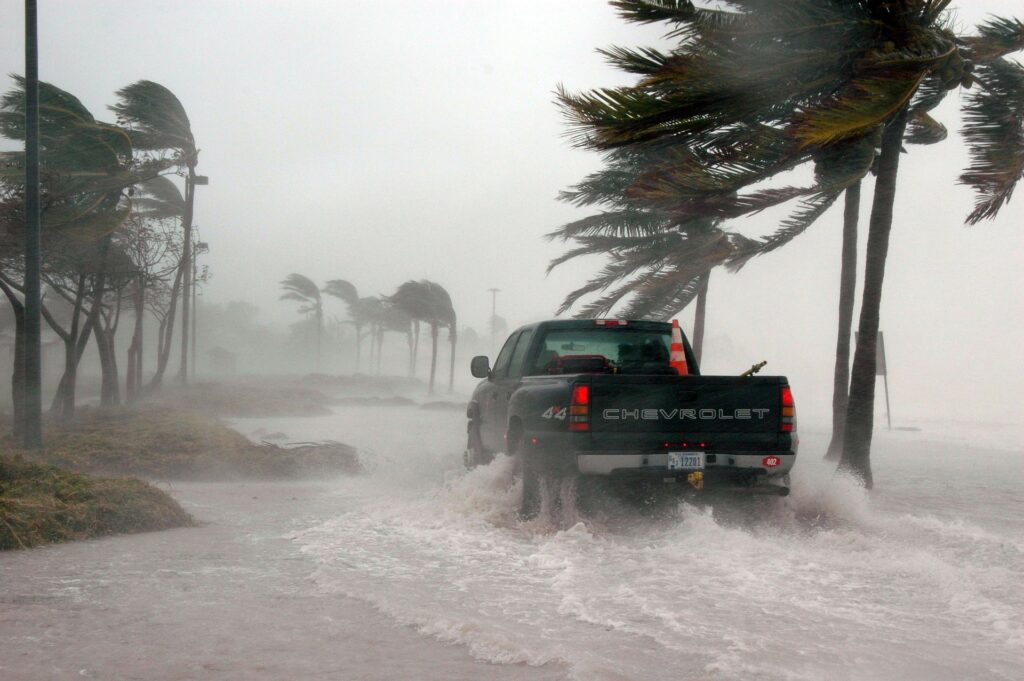
Image courtesy of David Mark of Pixabay In my book Curtis Curly-tail is Blown Away, I described Curtis and his iguana friends being caught in a hurricane. I’ve had personal experience in hurricanes from living along the Gulf Coast. My first week at Florida State University was delayed by a hurricane. I had to go […]
Let ME Tell You How to Find a Lizard! by Curtis Curly-tail Lizard
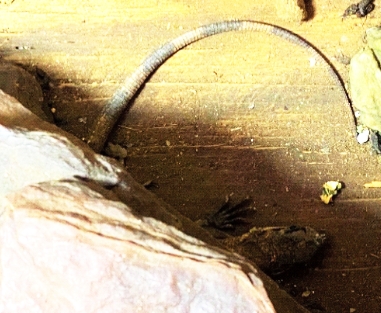
Hello, my friends! It’s been a while! I’m just getting back home after the hurricane on Beach Cay. Phew! THAT was an adventure! If you’d like to see what I’ve been up to, Curtis Curly-tail is Blown Away is now available at Amazon.com. But I’m back, and my friend, Elaine Powers, author, asked me to […]
Desert vs. Island Temps by Curtis Curly-tail Lizard
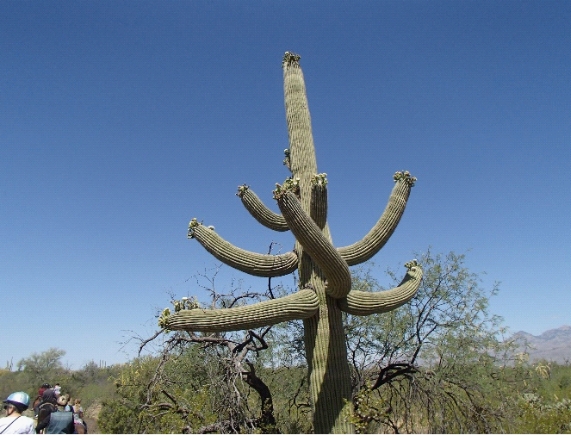
Since I’ve been staying in my den more, I’ve been tuning in to old TV shows. I enjoy the old Westerns set in the US Desert Southwest—maybe because that’s where my good friend and author, Elaine A. Powers, lives! The dry climate there is so different from my humid island weather. Where I live in […]
Moon and Venus say Hello to Each Other!
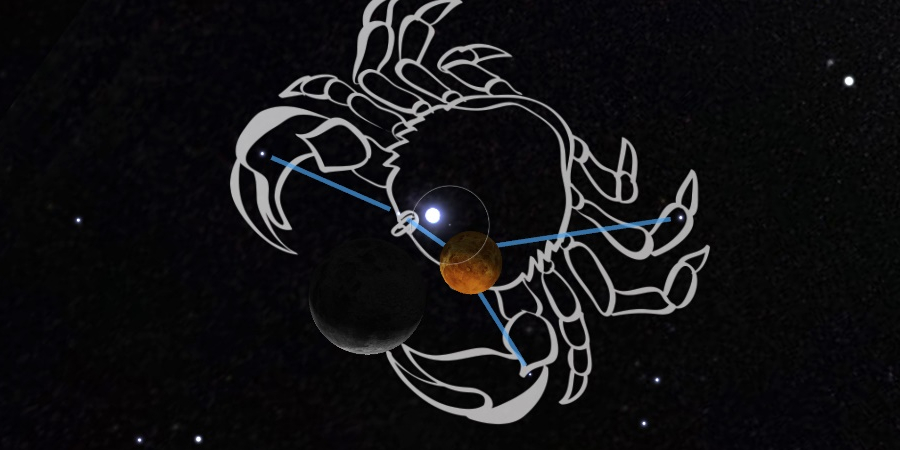
PHOTO above is courtesy of the App called SkyView. Thanks to Tucson, Arizona being a dark sky city, stargazing can be wonderful. One recent September morning, I enjoyed viewing the crescent moon along with a bright object. Of course, that object was not a star, but the planet Venus. I thought it was worth a […]
